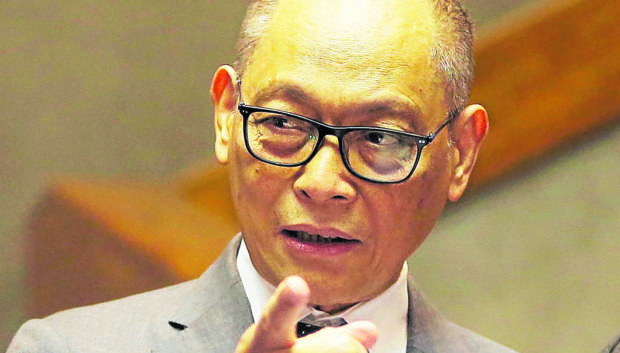The digitalization framework laid down by the central bank in recent years helped mitigate the economic impact of the coronavirus pandemic on the country as many Filipinos were able to buy essential needs and send money to their dependents despite last year’s lockdown.
Thus said Bangko Sentral ng Pilipinas Governor Benjamin Diokno as he called on financial industry stakeholders to forge ahead with initiatives that would continue bringing in more of the so-called unbanked citizens into the formal banking system.
Speaking to various stakeholders during his annual address to the banking community at the weekend, the central bank chief said digitalization was among the few things that helped Filipinos continue with their daily lives during the pandemic.
“Imagine the risk of exposure if one had to physically pay bills and buy food, medicines and other essential supplies,” he said. “It is a good thing that the country had been gradually embracing financial technology even before the pandemic hit. For me, it prepared us for the worst.” The central bank chief pointed out that, last year, the volume of transfers made via the electronic PESONet system of banks surged to 15.3 million, representing a 376 percent annual increase.
On the other hand, the value of PESONet transactions rose by 188 percent, year-on-year, to reach some P951.6 billion, equivalent to about 5.3 percent of the country’s gross domestic product. In the same period, the number of payments made through a retail oriented system called InstaPay reached 86.7 million, representing a 459-percent annual increase. These transactions were valued at P463.4 billion which was a 340-percent increase year on year.
This amount of InstaPay transactions is equivalent to about 2.6 percent of the country’s GDP.
In addition, central bank data revealed that, from January to April 2020, new online sign ups and app downloads for digital financial services increased by 100 percent. “With Filipinos more mindful about their health and safety amid the lockdown, there was also a significant decline in the value and volume of check payments and ATM withdrawals between the first half of March 2020 and from the second half of March to May 2020,” Diokno said. Similarly, coin demand in 2020 fell by 57 percent in volume and 60 percent in value compared to 2019.
“More accessible and more convenient e-payment options may have partly contributed to the decline, aside from softer economic activities during the said period,” he said, adding that the expanded role of digital payments in 2020 was “worthy of note.” INQ
